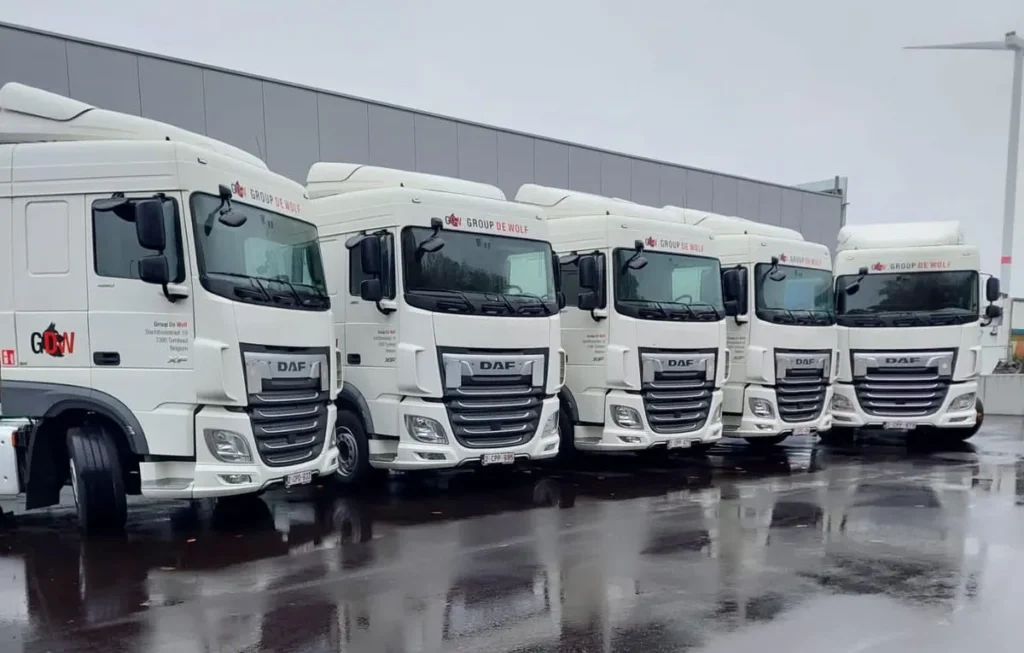According to notices published in The Gazette, K West Transport, Chinyama Investments, Ikards, Care3, Hammerton Car Transport, Wynnes D, and SAM International Transport all ceased trading or appointed liquidators last month. Each listed “freight transport by road” as its principal business activity under the UK’s Standard Industrial Classification (SIC) code 49410.
In its latest Red Flag Alert, Begbies Traynor warned that many smaller companies “quietly cease trading without entering formal insolvency procedures,” suggesting official statistics may understate the scale of distress in the sector.
These September cases add to a series of insolvencies earlier this year. B Taylor & Sons Transport, Challenge Logistics, Axis Logistics, John Shirley, Joyce European Logistics, Tailormade Logistics UK, The Haulage Group, and Rock Haulage have all entered administration or liquidation since January. W. Harrison & Sons (Carriers), a Manchester-based firm trading successfully since the 1960s, closed this summer after losing several major contracts.
Several of the failed companies were long-standing names in regional haulage, employing dozens of drivers and operating sizeable fleets. Nottinghamshire-based B Taylor & Sons Transport, for example, had traded for more than half a century before administrators from BDO were called in this June. The business ran over 100 vehicles and 180 trailers, employed around 150 staff, and offered warehousing, ADR and driver-training services from its Newark base. Its collapse sent a shock through the East Midlands logistics community, where it had been regarded as a dependable subcontractor for major retailers and manufacturers.
Further north, W. Harrison & Sons (Carriers) had been a fixture in the Manchester area since the early 1960s, operating about 45 lorries and 51 trailers from its Middleton depot. The company’s withdrawal from the Pallet-Track network this summer followed the loss of several key contracts worth around £750,000 a year.
In Kent, Joyce European Logistics, a family-owned specialist in cross-Channel freight, also went into administration early in 2025 after decades of service. Its fleet of roughly 40 articulated vehicles and a long-standing focus on continental runs made it a familiar sight at Dover and Calais.
Other casualties were smaller but equally telling: Tailormade Logistics UK, the British arm of a Belgian transport group, Axis Logistics, Challenge Logistics, and The Haulage Group each succumbed to cash-flow pressure and tightening margins. Taken together, these closures paint a picture of a sector where even established, asset-rich operators can be undone by a shortfall in working capital or a single cancelled contract.
Although comprehensive, UK-wide figures for haulage insolvencies are not published separately, the Insolvency Service recorded 2,048 company insolvencies in England and Wales in August 2025, while Creditsafe counted 2,068 in September: both well above pre-pandemic levels. The data suggest business failures remain persistently high despite modest signs of economic recovery.
The road to ruin: when margins hit the red
Industry bodies continue to warn that profit margins across the haulage sector remain critically low. The Road Haulage Association (RHA) says the average margin is about 2%, and that the cost of running an HGV fleet increased by around 10% year-on-year in 2024 due to higher fuel, labour and insurance expenses.
Fuel remains one of the most volatile cost components. According to RAC Fuel Watch, diesel averaged 143p per litre in mid-October, up from around 140p in July. Insurance and repair bills have also continued to climb: the Association of British Insurers (ABI) reported record quarterly motor-claims payouts of £3.2 billion in Q1 2025, the highest since records began in 2013, driven by parts inflation and more complex vehicle repairs.
At the same time, driver pay has been rising. Department for Transport figures show the median hourly wage for HGV drivers reached £15.78 in 2024, around five per cent higher than the previous year. After two years of elevated borrowing costs, the Bank of England cut its base rate twice in 2025, from 4.5% to 4.25% in May, and again to 4.0% in August, but operators are still contending with high finance costs on trucks and credit lines.
A perfect storm of debt, delays and diesel
Restructuring firm Begbies Traynor reported that more than 49,000 UK companies were in “critical financial distress” in the second quarter of 2025, a 21% year-on-year increase. The firm highlighted transport and logistics among the sectors most exposed to input-cost pressures and payment delays.
Ric Traynor, Executive Chairman of Begbies Traynor Group, said in July:
“Thousands of businesses are only one shock away from collapse.”
That warning, echoed by other administrators, reflects the reality for many hauliers operating on margins of just a few per cent: a single lost contract or a short period of fuel-price volatility can be enough to trigger insolvency.
Counting the casualties
The September total of seven haulage insolvencies is based on official insolvency and liquidation notices published in The Gazette, cross-checked with company filings citing SIC 49410 (Freight transport by road). It represents a minimum figure; additional cases may not yet be recorded or may fall under broader logistics classifications.









